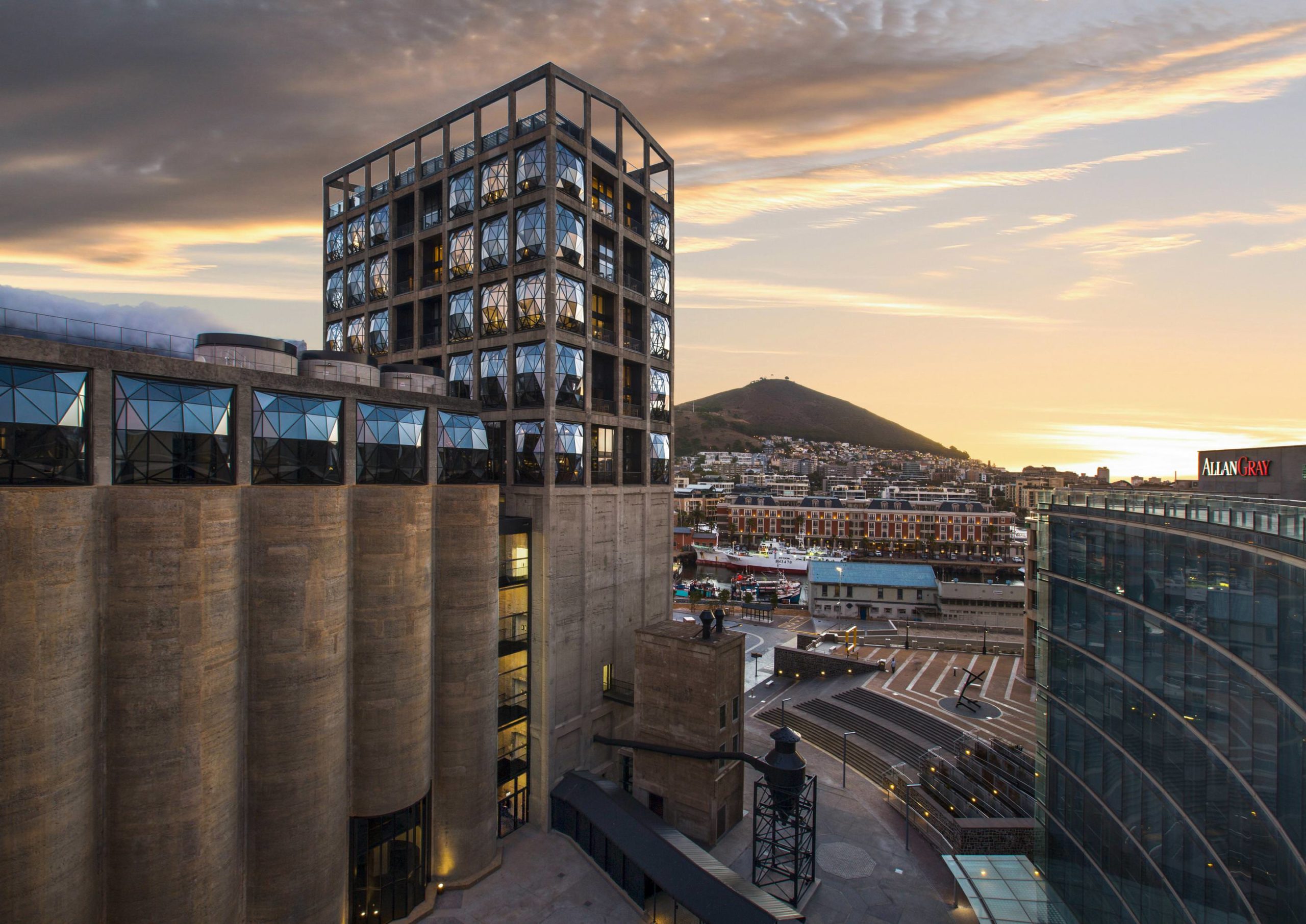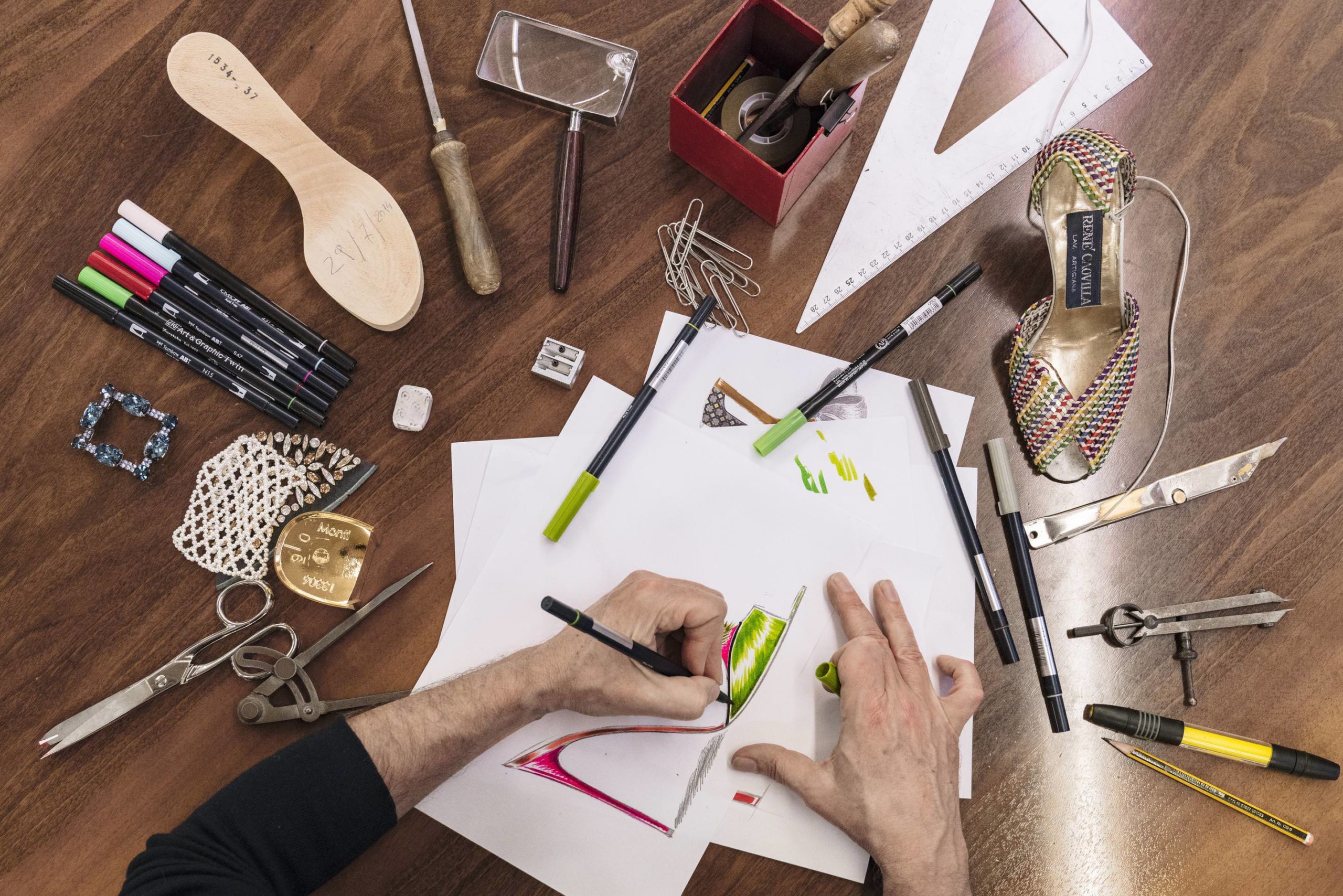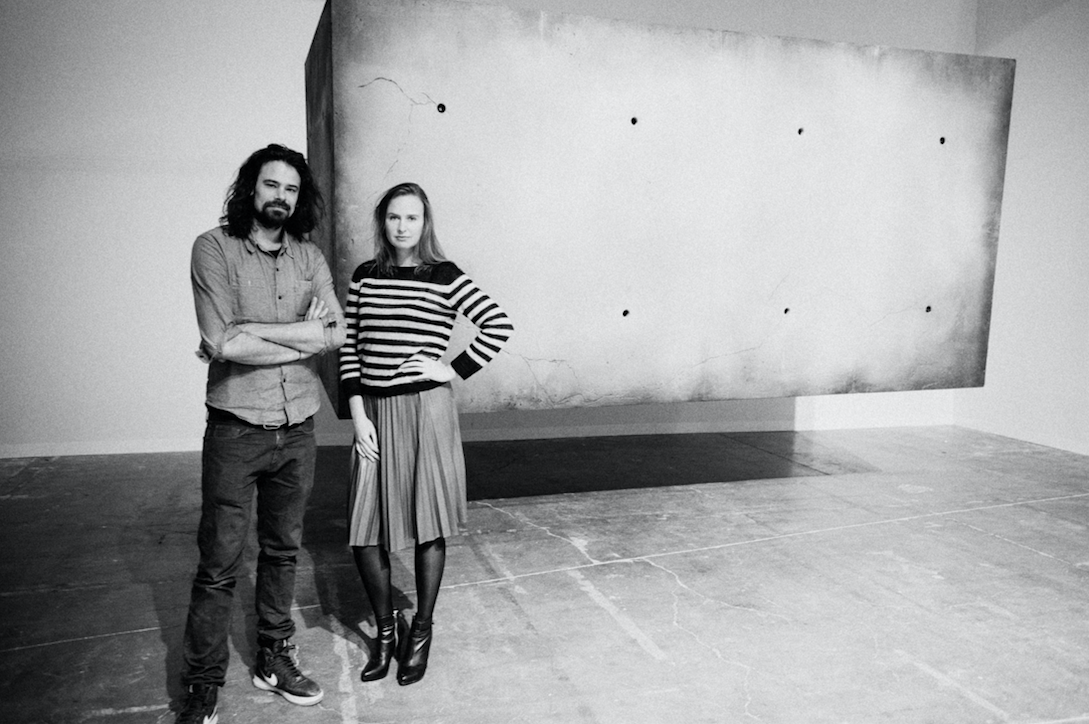As a teenager on an art-class field trip, Tandazani Dhlakama visited the National Gallery of Zimbabwe. For an hour, she and classmates sat on the floor to sketch objects on view, inspired by a place where people could simply enjoy the beauty of art. It was then that she knew she would always be involved in the art world.
Today, she is a senior curator of the Zeitz Museum of Contemporary Art Africa (Zeitz MOCAA) in Cape Town, South Africa—the largest art museum in Africa, and the largest museum of contemporary African art in the world. She is a part of a team that is developing a new training program for graduates and young professionals in hopes that it will fill the museum education gap on the continent.
Whitewall spoke with Dhlakama about the museum’s latest exhibition, about centering on art education and public programming, and about presenting women’s work to amplify their voices.
WHITEWALL: Can you tell us a bit about curating the show “Five Bhobh: Painting at the End of an Era,” currently on view through March 31, 2019?
TANDAZANI DHLAKAMA: About a month after the dramatic resignation of Robert Mugabe, Zimbabwe’s longest-standing president, I traveled to a couple of cities, including Rotterdam and Johannesburg. Everyone I met kept asking me the same questions. “What do you think is going to happen next? What does this mean for Zimbabwe?” Like so many others, I wondered if my short answers could really express the mix of anxiety, hope, faith, disillusionment, anticipation, bewilderment, and angst that many were experiencing.
Curating “Five Bhobh: Painting at the End of an Era” started off as an attempt to facilitate a platform that fostered a new way of articulating complex narratives and to capture a unique moment in history. Painting immediately became a befitting medium for this platform, as it counteracted the stone sculpture movement that had previously dominated the Zimbabwean art scene decades prior.
WW: The exhibition features 29 painters from Zimbabwe. How did you choose the artists to include?
TD: “Five Bhobh . . .” offers audiences a synopsis of painting from Zimbabwe today. It involves senior characters that have been contributing to the narrative for several decades. These include Thakor Patel, Rashid Jogee, and Berry Bickle. Their work has laid an important foundation, which others glean from today.
There are also some younger voices who have recently been introduced. They add a new dynamic to the plot. Some of them include Kresiah Mukwazhi, Tawanda Reza, and Troy Makaza. Each artist represents a certain painting style or tradition from Zimbabwe. There is a vast difference between Duncan Wylies’s vibrant collapsing structures, Gareth Nyandoro’s reductive paper installations, and Cosmos Shiridzinomwa’s gestural dancing chairs. Similarly, each artist presents a unique angle which contributes to the seven themes that are woven into the exhibition.
WW: “Five Bhobh” is the average fare needed to journey locally by kombi (minibus) in Zimbabwe. Can you tell us how this exhibition provides a metaphorical storyline, or synopsis, of how Zimbabwe is today?
TD: A kombi, or minibus taxi, is a vehicle that can be found in many different African cities. In Zimbabwe, this affordable mode of transport is known to be rather reckless. In order to maximize on space, passengers are often forced to squeeze in four people per row, which is above legal capacity. Strangers often find themselves conversing about various things. When discussing politics, in hushed tones, language is laced with metaphor and allegory.
I imagined the nation of Zimbabwe to be like passengers sitting and waiting in a kombi, waiting for the journey to begin. One knows that the journey might be uncomfortable but might still be filled with great anticipation.
WW: When curating an exhibition, is there ever something you always push to include?
TD: Definitely. I find myself including more women’s voices and what I perceive to be understated or muted narratives. Young women artists are still not awarded the same opportunities or reviews as those of their male counterparts.
WW: You previously curated a large survey exhibition called “Woman at the Top” at the National Gallery of Zimbabwe, which brought together 50 women artists to highlight what success means for women in Zimbabwean society.
TD: We wanted to show that success means many different things for a diverse group of people. We wanted to break some of the stereotypes around women’s roles, and women’s exhibitions. We felt that this exhibition managed to display the myriad and complex narratives that stem from local society. In other words, there is no singular definition of success.









